In the fascinating world of reptile keeping, one of the most common challenges owners face is dealing with snakes that refuse to eat. While these elegant creatures can seem mysterious and inscrutable, their feeding behaviors follow distinct patterns that, once understood, can help resolve even the most stubborn hunger strikes. Whether you’re a new snake owner panicking about your pet’s apparent lack of appetite or an experienced keeper dealing with a particularly finicky specimen, understanding the complex reasons behind feeding refusal and implementing targeted solutions can transform this stressful situation into a manageable aspect of snake husbandry. This comprehensive guide explores the multifaceted reasons snakes might refuse food and provides practical, effective solutions to get your scaly friend eating regularly again.
Understanding Normal Snake Feeding Patterns
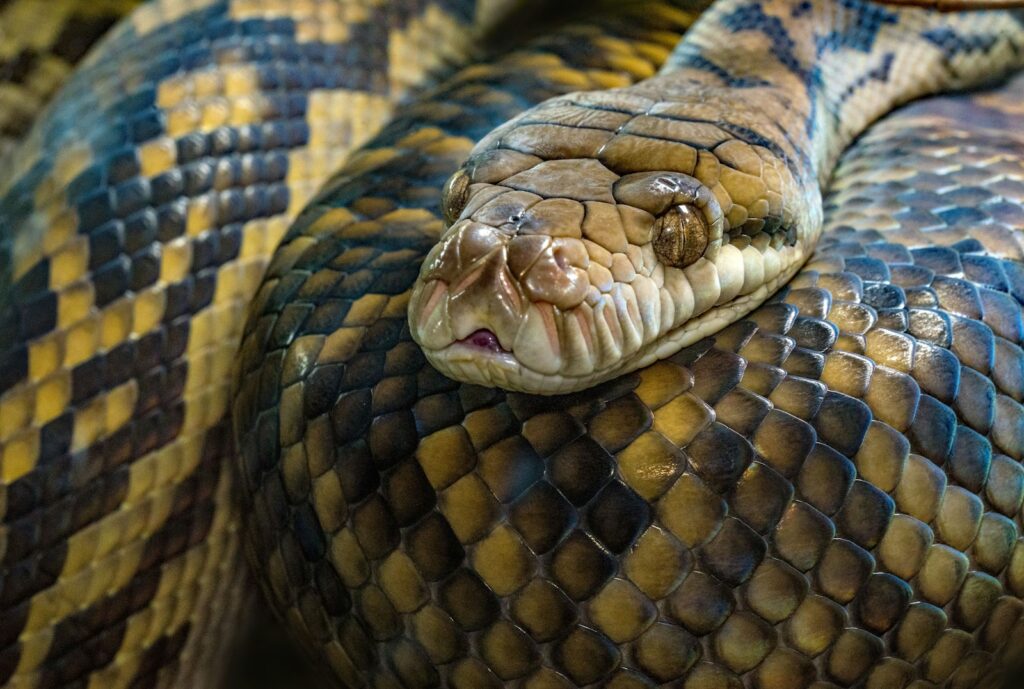
Before diagnosing a feeding problem, it’s essential to understand what constitutes normal eating behavior for your particular snake species. Unlike mammals, snakes don’t require daily feeding and many healthy adult specimens may naturally go weeks between meals without any cause for concern. Ball pythons, for instance, commonly undergo seasonal fasting periods that can last months, particularly during winter or breeding season. Species like corn snakes typically accept food more regularly, usually every 7-10 days, while larger species like Burmese pythons might eat substantial meals just once every few weeks. Understanding these natural rhythms helps distinguish between normal fasting behavior and problematic food refusal that requires intervention.
Stress: The Primary Appetite Killer
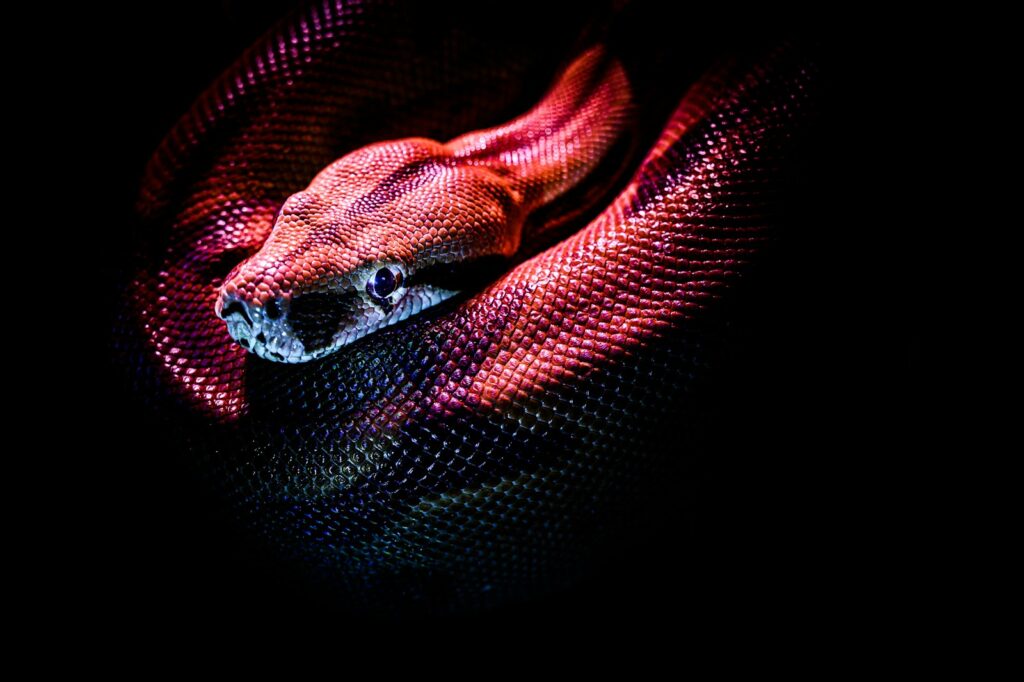
Stress represents perhaps the most common reason snakes refuse meals, affecting specimens across all species and age groups. Recent acquisition, habitat changes, excessive handling, or even the presence of other pets can trigger stress responses that suppress appetite. Snakes experiencing stress often display behavioral indicators beyond food refusal, including defensive posturing, frequent hiding, restless movement, or rubbing their snouts against enclosure walls in attempts to escape. The reptilian stress response evolved as a survival mechanism in the wild, where conserving energy by skipping meals allows the animal to focus on finding safety or adapting to environmental changes. Creating a quiet, secure environment with minimal disturbances forms the foundation of resolving stress-related feeding issues.
Environmental Factors Affecting Appetite
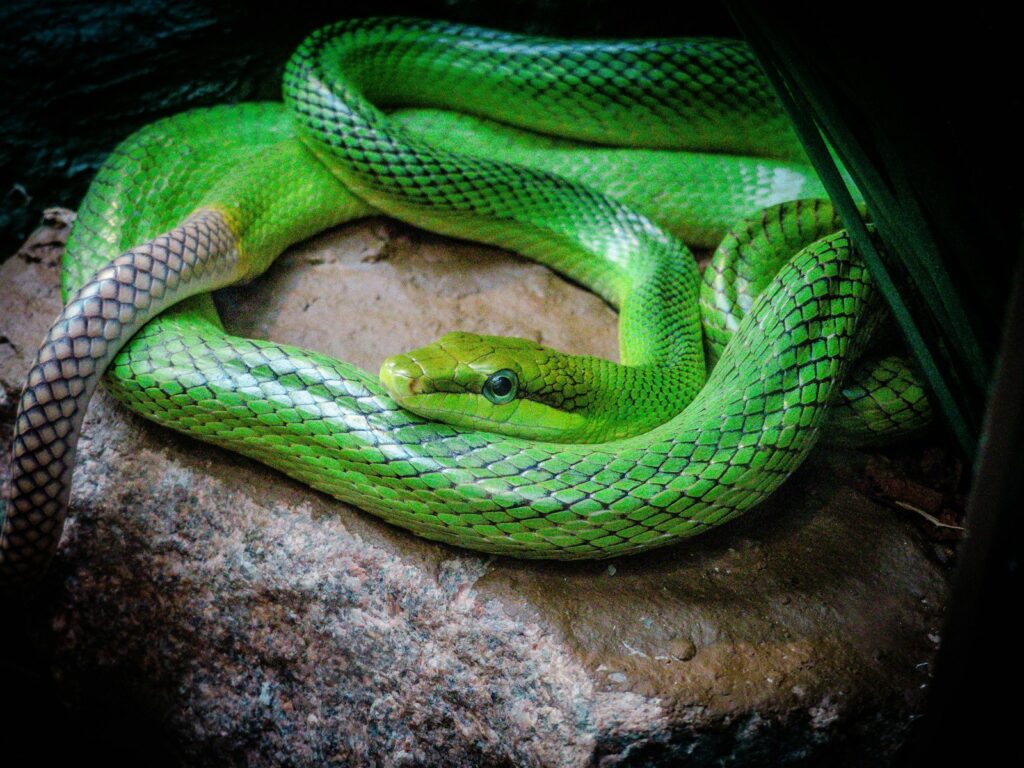
The microclimate within a snake’s enclosure plays a crucial role in stimulating natural feeding responses. Incorrect temperature gradients represent one of the most common environmental issues, as snakes require specific temperature ranges to properly digest food and maintain healthy metabolic function. Without access to appropriate basking spots and cooler retreat areas, a snake’s digestive processes may shut down, leading to food refusal. Humidity levels that don’t match the species’ natural habitat can similarly suppress appetite, particularly in tropical species that require higher moisture levels. Inadequate hiding spaces that leave a snake feeling exposed and vulnerable, inappropriate substrate that causes discomfort, or enclosures that are too large or too small can all contribute to feeding problems that persist until these environmental factors are optimized.
Health Issues Behind Feeding Refusal
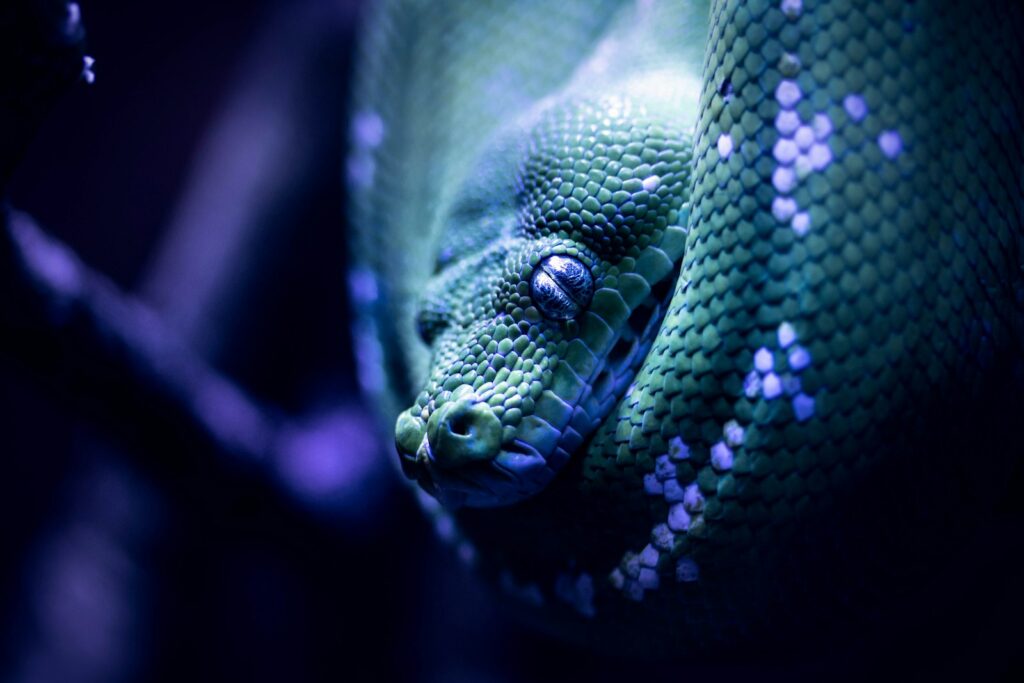
Various health conditions can cause even previously voracious eaters to suddenly reject food. Respiratory infections, characterized by wheezing, excess mucus, or open-mouth breathing, often suppress appetite and require veterinary treatment. Parasitic infestations, both internal and external, drain energy and nutritional resources, making snakes less interested in feeding while their bodies battle these unwelcome guests. Mouth rot (infectious stomatitis) makes eating painful and may be visible as inflammation, discoloration, or discharge around the mouth area. Digestive impactions from ingested substrate or oversized prey items can block the digestive tract and eliminate hunger signals until resolved. When a snake’s feeding refusal coincides with other symptoms like weight loss, abnormal feces, skin issues, or behavioral changes, a prompt veterinary examination becomes essential for proper diagnosis and treatment.
Shedding Cycles and Appetite Suppression
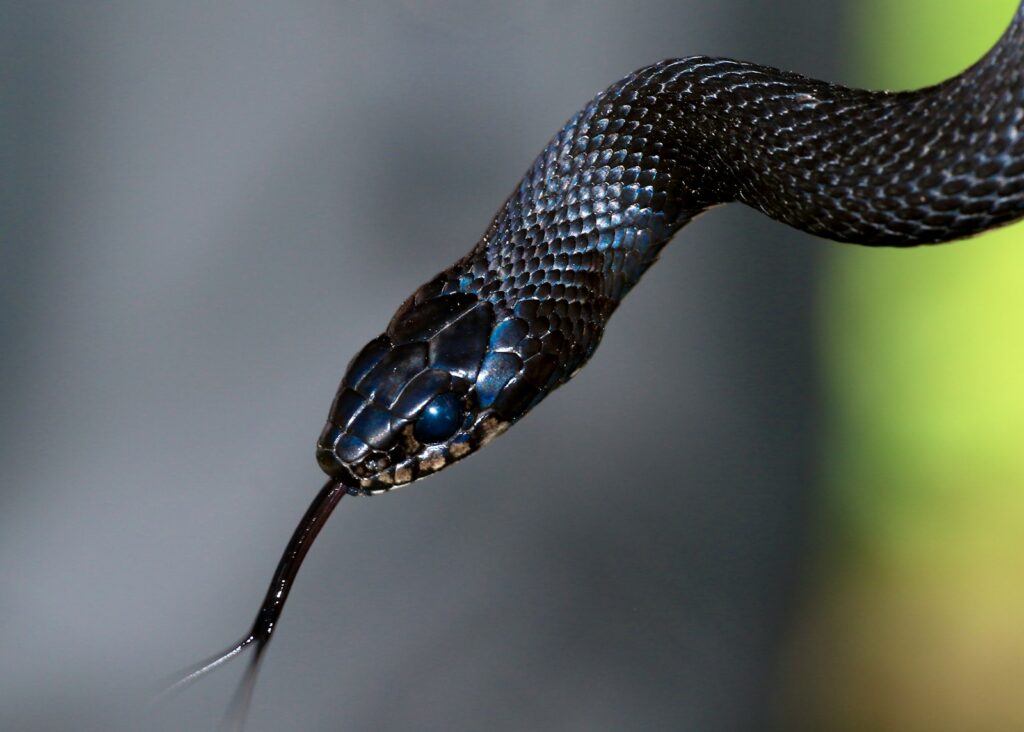
The periodic shedding of skin (ecdysis) represents a natural part of snake physiology that commonly interrupts normal feeding patterns. Most snakes will refuse food in the days leading up to a shed, with appetite suppression often beginning when the snake’s eyes turn bluish and opaque during the pre-shedding phase called “blue phase” or “in blue.” This feeding refusal serves an evolutionary purpose, as hunting and consuming prey would be more difficult with compromised vision and could potentially damage the new skin forming underneath. The entire shedding process, from the first signs until the complete removal of the old skin, typically spans 1-2 weeks, during which feeding refusal is entirely normal and shouldn’t cause concern. Most healthy snakes will resume normal feeding patterns within a few days after successfully completing their shed.
Seasonal and Breeding-Related Fasting
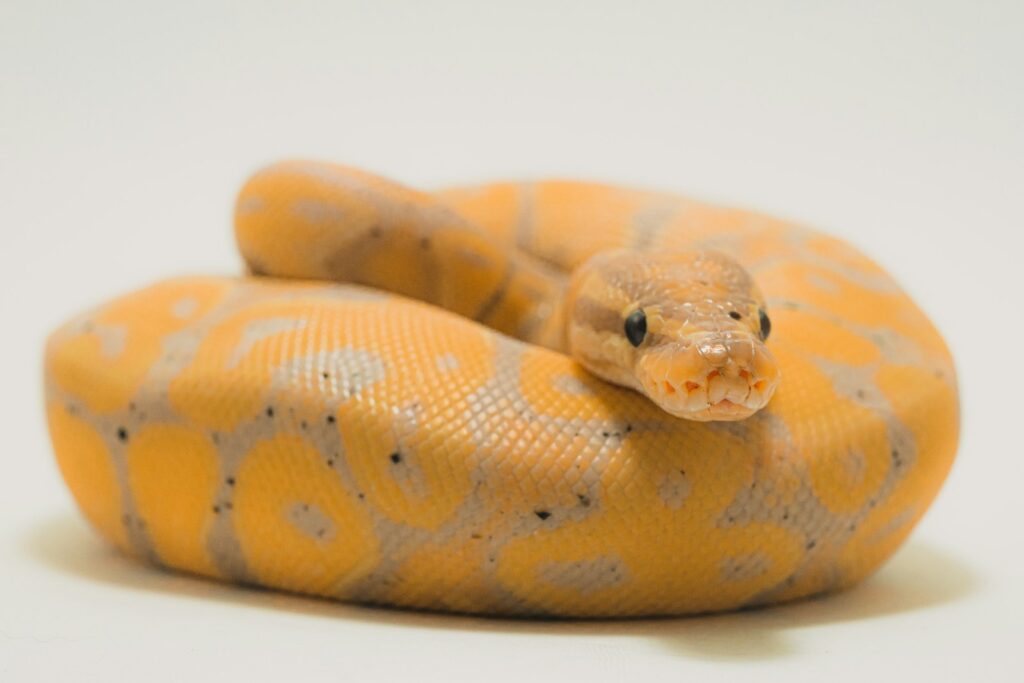
Many snake species exhibit seasonal variations in appetite that reflect their evolutionary adaptations to changing environmental conditions. Species from temperate climates, like ball pythons and many North American colubrids, often undergo reduced feeding or complete fasting during winter months, even in captivity with stable temperatures. This brumation-related fasting represents a natural metabolic slowdown that conserves energy during periods when food would historically be scarce in the wild. Breeding season introduces another common period of appetite suppression, particularly in male snakes that prioritize reproductive pursuits over feeding. Female snakes may also refuse food during follicle development or after ovulation, though gravid females of some species may continue eating until shortly before egg-laying. These cyclical feeding patterns generally resolve naturally without intervention, provided the snake maintains healthy body condition.
Prey Preference and Presentation Challenges
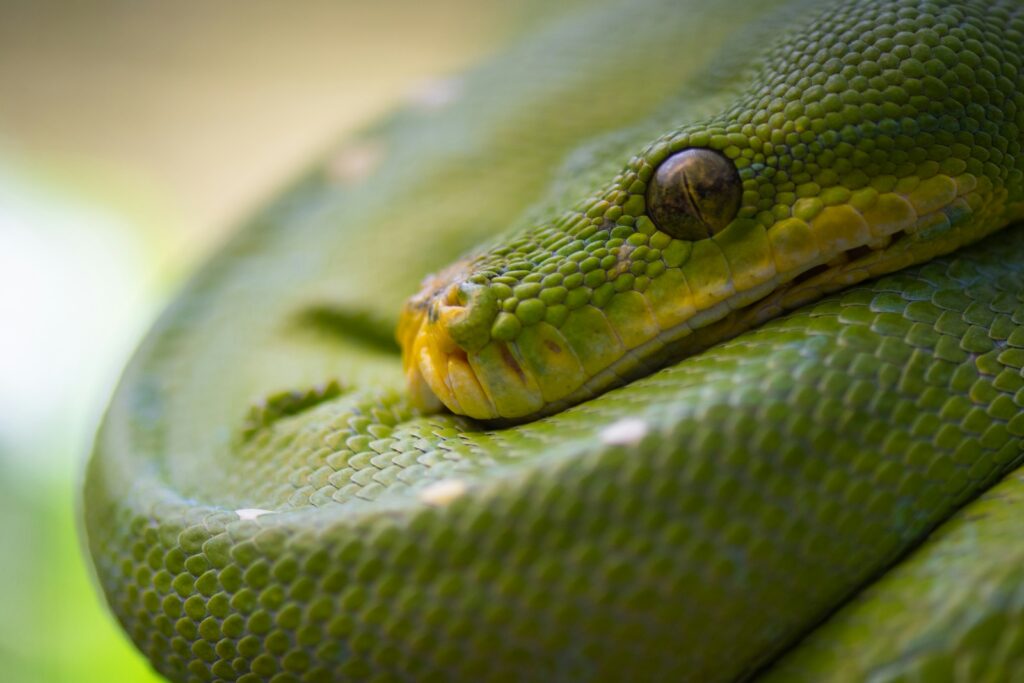
The specifics of how prey is offered can significantly impact a snake’s willingness to feed, with many specimens developing strong preferences for particular prey types, sizes, or presentation methods. Some snakes develop fixations on specific prey colors, showing preference for white mice over brown, or may accept rats but refuse mice of similar size. Live versus pre-killed prey represents another common preference division, with some snakes refusing to recognize frozen-thawed items as food despite their safety advantages. The presentation method itself can make all the difference, with some snakes responding better to prey offered on tongs, others preferring items left overnight in the enclosure, and still others requiring prey to be moved in ways that trigger predatory responses. Careful observation and experimentation with different prey characteristics and presentation techniques often reveals preferences that can transform a reluctant feeder into an enthusiastic one.
The Controversial “Picky Eater” Species
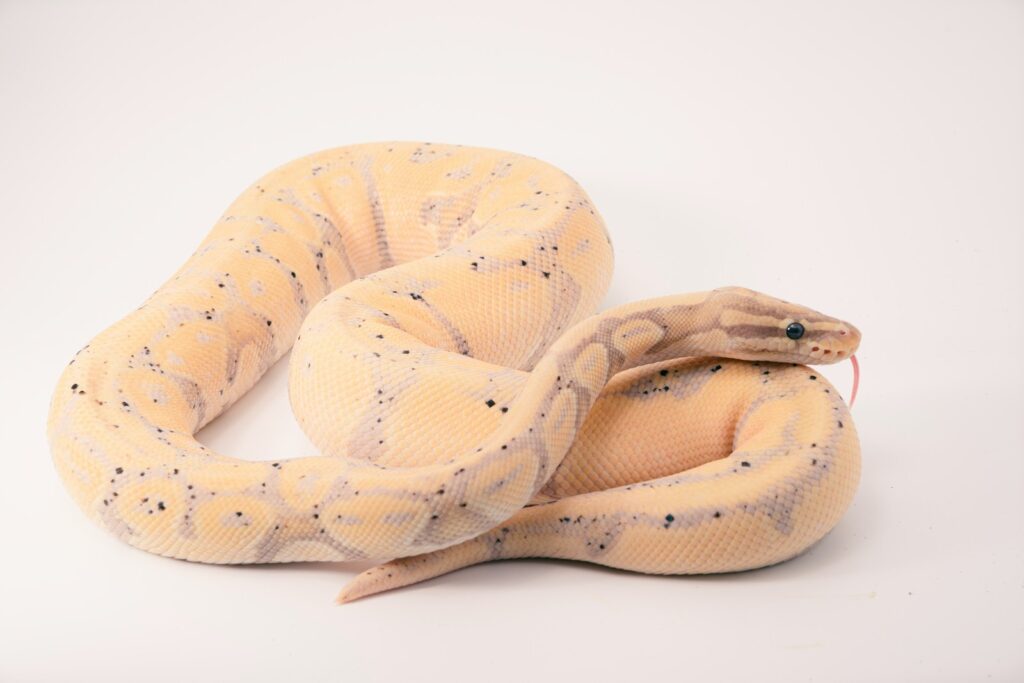
Within the reptile-keeping community, certain snake species have earned reputations as notoriously challenging feeders that require specialized approaches. Ball pythons top this list, with their tendency toward extended fasting periods that can last months without indicating health problems, particularly during winter or breeding seasons. Hognose snakes represent another classically finicky species, often requiring scenting techniques or specialized prey items like amphibians to stimulate feeding responses. Green tree pythons and emerald tree boas present arboreal feeding challenges, sometimes accepting prey only when it’s suspended at specific heights within the enclosure. King snakes from the Mexican mountain regions and certain species of garter snakes may require specific prey scenting or environmental conditions to feed reliably. These species-specific feeding challenges don’t necessarily indicate poor health, but rather evolutionary adaptations that require keepers to implement more specialized husbandry techniques.
Effective Scenting Techniques

When conventional feeding approaches fail, scenting techniques can transform rejected prey items into irresistible meals by appealing to a snake’s powerful chemosensory system. For difficult feeders that typically consume rodents, braining (exposing a small portion of the prey item’s brain) releases strong scent compounds that trigger feeding responses in many reluctant snakes. Scenting with chicken broth by briefly dipping the prey item creates an aromatic stimulus that some snakes find compelling, while tuna juice works particularly well for species with natural affinities for fish. For specialized feeders like hognose snakes, amphibian scents from toad-flavored water or salamander-based products may be necessary to overcome feeding resistance. Scenting with shed skin from the same species can work for cannibalistic species like king snakes, while garter snake specialists sometimes require fish oil or earthworm scenting to stimulate natural feeding behaviors.
Assist Feeding: When and How
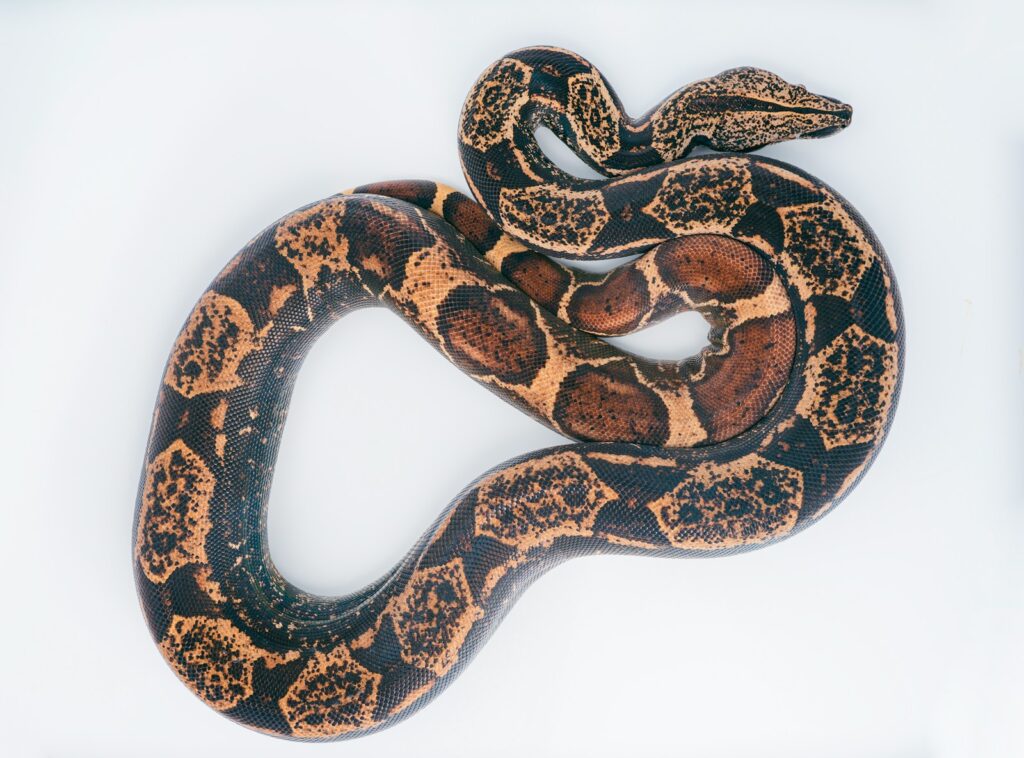
Assist feeding represents an intervention strategy for snakes that have refused food long enough to experience significant weight loss or health deterioration. Unlike force-feeding, which involves pushing food into a resistant snake’s throat, proper assist feeding techniques gently encourage voluntary swallowing once the food item makes contact with the mouth. This method begins by gently restraining the snake and using a lubricated prey item (often a pinky mouse for smaller specimens) to rub the snake’s lips, stimulating a feeding response that may trigger mouth-opening. When the snake opens its mouth, even slightly, the keeper can gently insert the narrow end of the prey item, allowing the snake’s natural swallowing reflexes to engage once the prey is tasted. Assist feeding requires careful technique to avoid injury or additional stress, and should generally be attempted only after other feeding strategies have failed and with proper training or veterinary guidance.
Creating the Ideal Feeding Environment

Optimizing the feeding environment can dramatically improve success rates with reluctant feeders by aligning with their natural hunting behaviors. Privacy represents a crucial factor for many species, as the feeling of being observed can trigger defensive rather than feeding responses, making feeding chambers or covering the enclosure during feeding attempts beneficial. Darkness or dim lighting conditions reflect the nocturnal hunting preferences of many snake species, with feeding attempts in the evening hours often yielding better results than daytime offerings. Temperature adjustments that slightly elevate the warm end of the enclosure can increase metabolic activity and stimulate hunting responses, while appropriate humidity levels support sensory perception of prey scents. Minimizing vibrations, sounds, and other disturbances during feeding attempts allows the snake to focus completely on the predatory sequence without interruption from environmental stressors.
When to Seek Veterinary Intervention
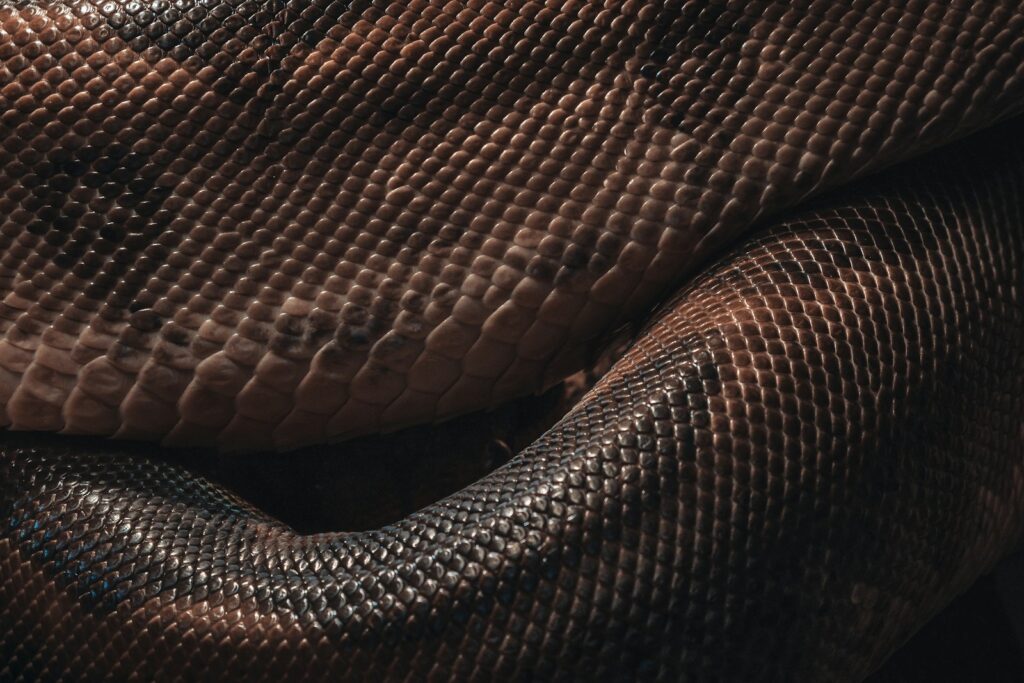
While many feeding issues resolve with husbandry adjustments, certain scenarios necessitate professional veterinary assessment by an experienced reptile specialist. Significant weight loss, visible as pronounced spine or hip bones, muscle wasting, or a triangular rather than rounded body cross-section, indicates that the fasting has progressed to a dangerous point requiring immediate attention. Accompanying symptoms like respiratory distress, discharge from the mouth or nostrils, abnormal feces, regurgitation, or unusual posturing suggest underlying health conditions that require diagnosis and treatment. Extended fasting beyond what’s considered normal for the species and age (generally concerning after 2-3 months for most juvenile snakes or 4-6 months for adults of species not known for extended fasting) warrants professional evaluation. Choosing a veterinarian with specialized reptile experience ensures proper diagnostics including parasitology, bloodwork, imaging, and appropriate treatment protocols specific to snake physiology.
Preventative Approaches for New Snake Owners
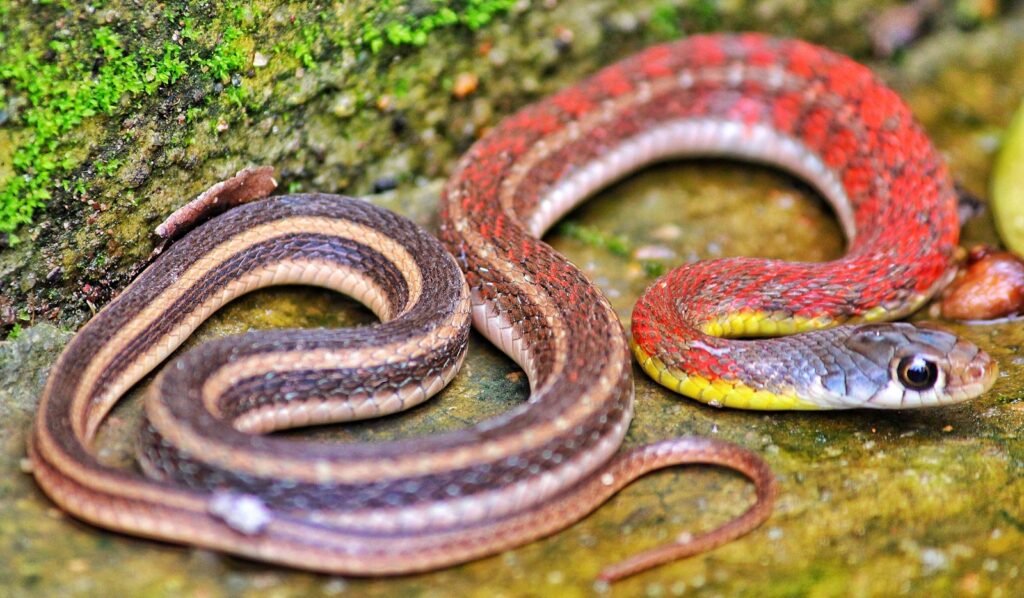
New snake keepers can avoid many common feeding challenges by implementing preventative measures from the start of their reptile-keeping journey. Researching species-specific feeding requirements before acquisition ensures appropriate expectations regarding feeding frequency, prey type, and normal seasonal variations for the particular snake. Establishing optimal habitat conditions before bringing the snake home creates an environment conducive to natural feeding behaviors from day one. Adopting a quarantine period of 2-4 weeks allows newly acquired snakes to acclimate to their surroundings with minimal disturbance before feeding attempts begin. Maintaining detailed feeding records including dates, prey type, size, presentation method, and whether the meal was accepted helps identify patterns and preferences that support consistent feeding success. For first-time snake owners, choosing species known for reliable feeding behaviors, such as corn snakes, king snakes, or milk snakes, can provide a less challenging introduction to reptile keeping than notoriously finicky species.
Conclusion

The journey to resolving feeding issues in snakes often requires patience, careful observation, and a willingness to adapt techniques based on the individual animal’s needs. By understanding the complex interplay of environmental, biological, and behavioral factors that influence snake feeding behaviors, keepers can systematically address the underlying causes of food refusal. While it can be concerning to watch a snake refuse meals, remember that these remarkable animals have evolved to endure fasting periods far longer than most pets. With proper husbandry adjustments, environmental optimization, and appropriate feeding techniques, even the most stubborn non-feeders can usually be coaxed back to regular eating patterns. For those persistent cases that defy standard approaches, reptile-specialized veterinary care provides another layer of support to ensure your scaled companion returns to thriving health and regular feeding behaviors.

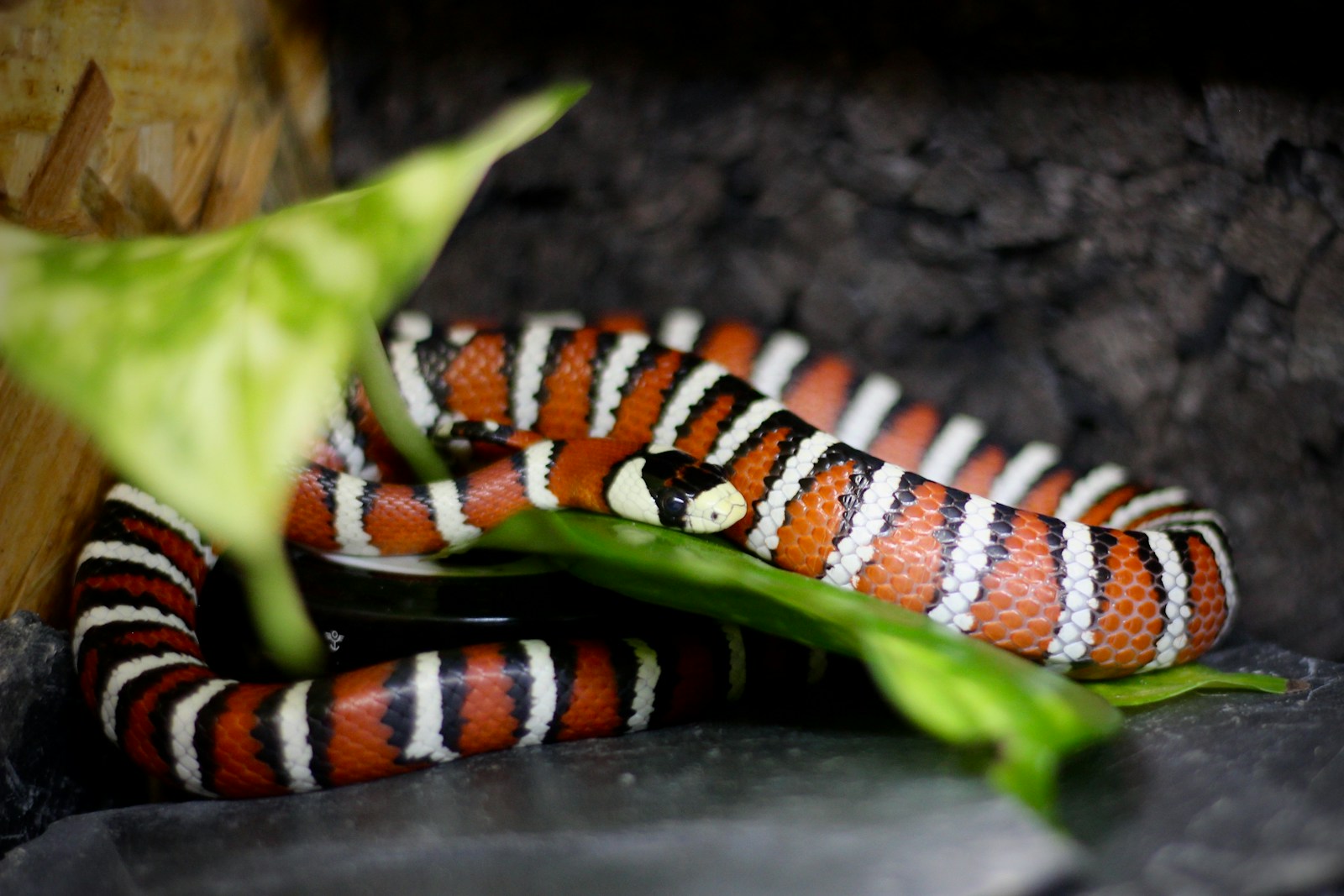
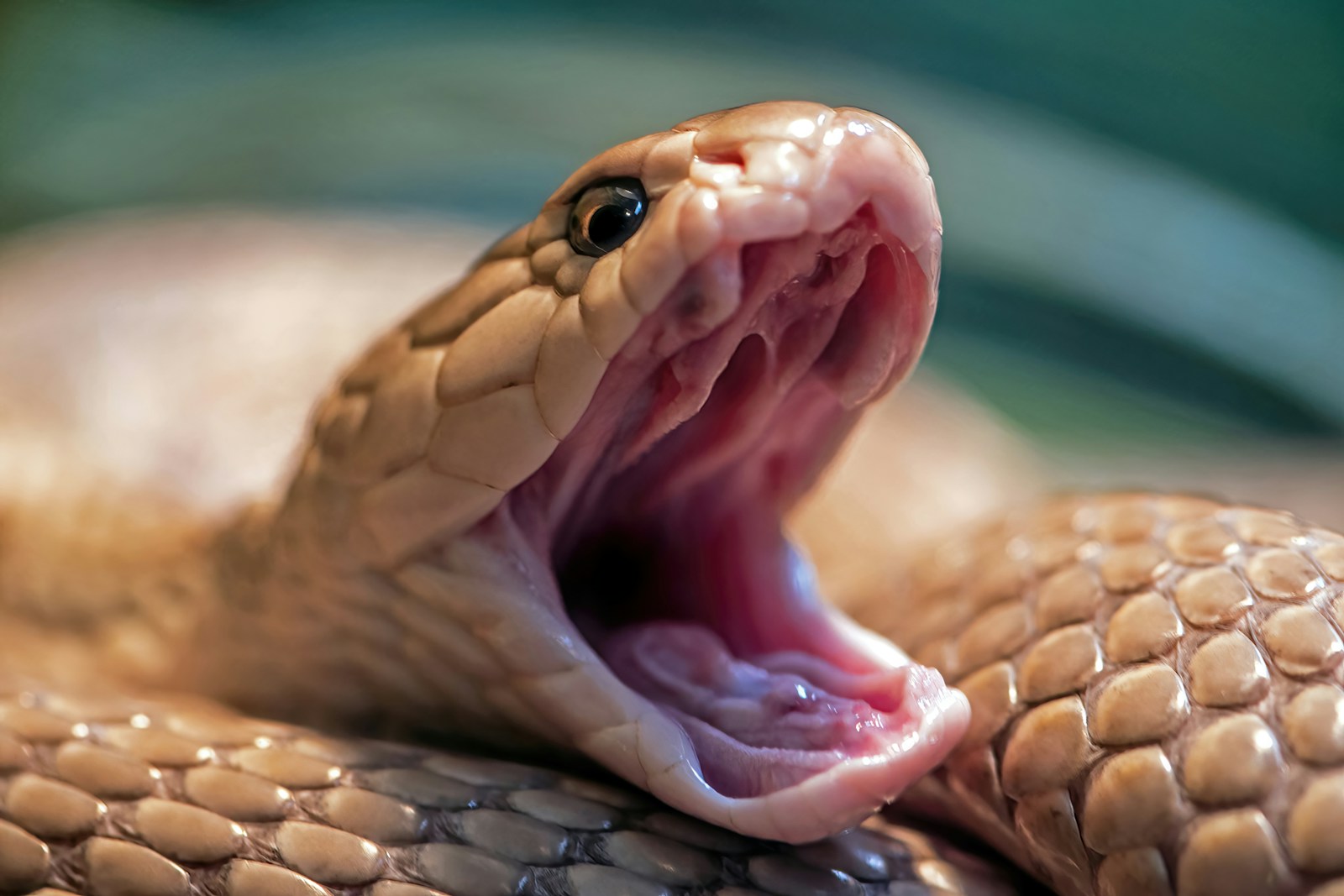


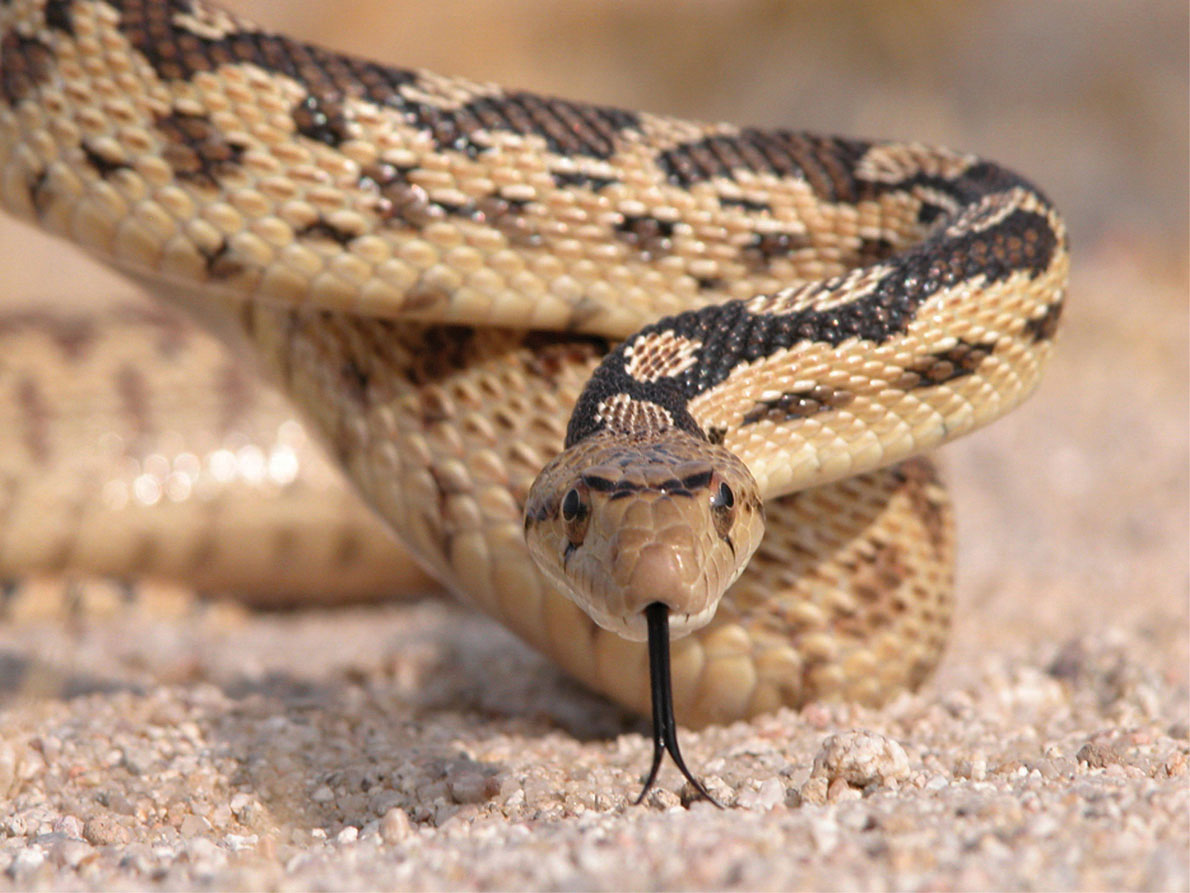
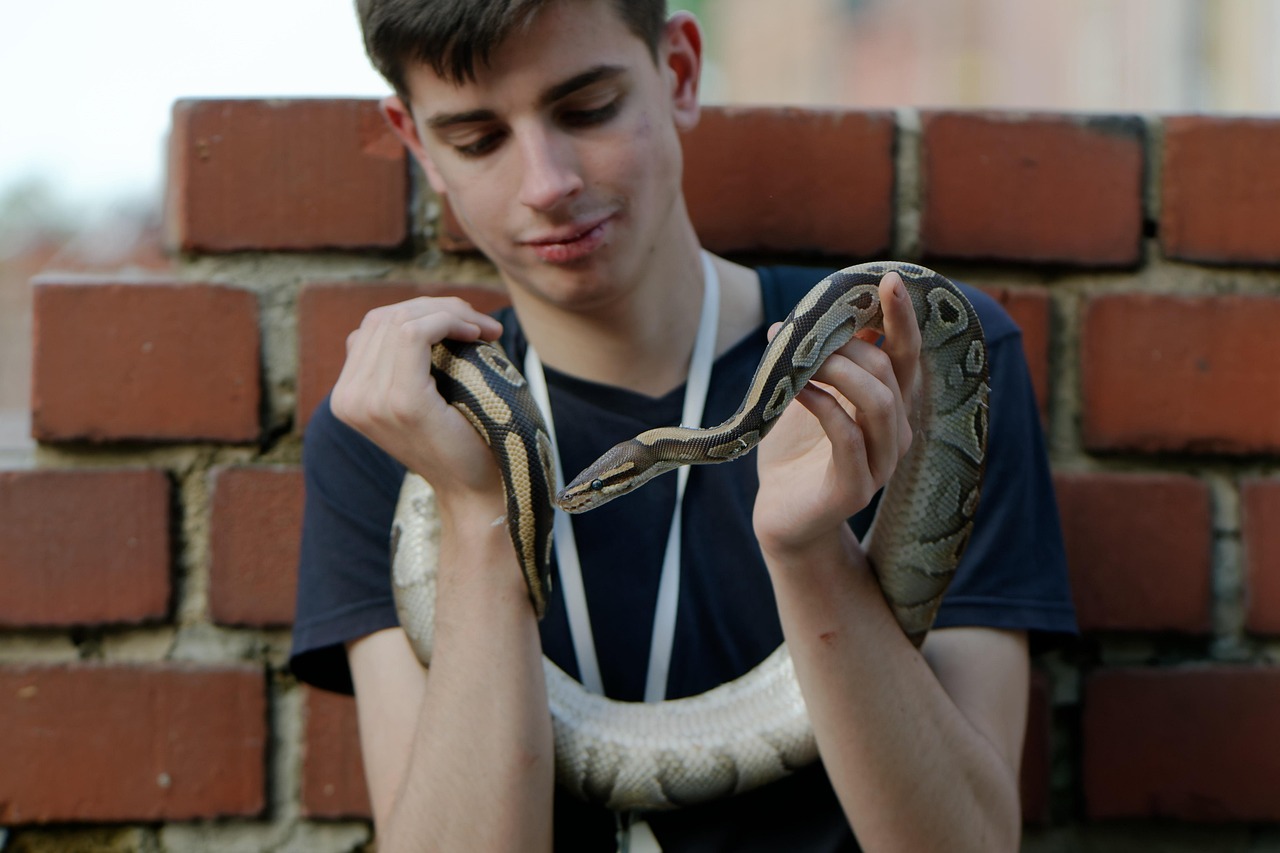
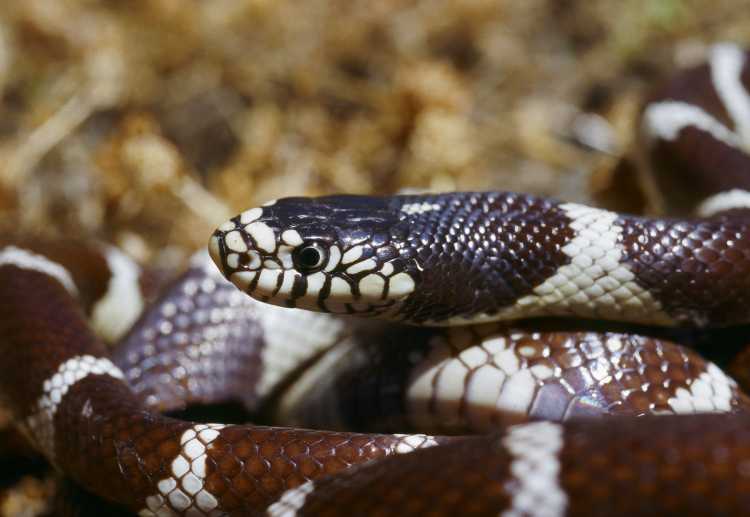
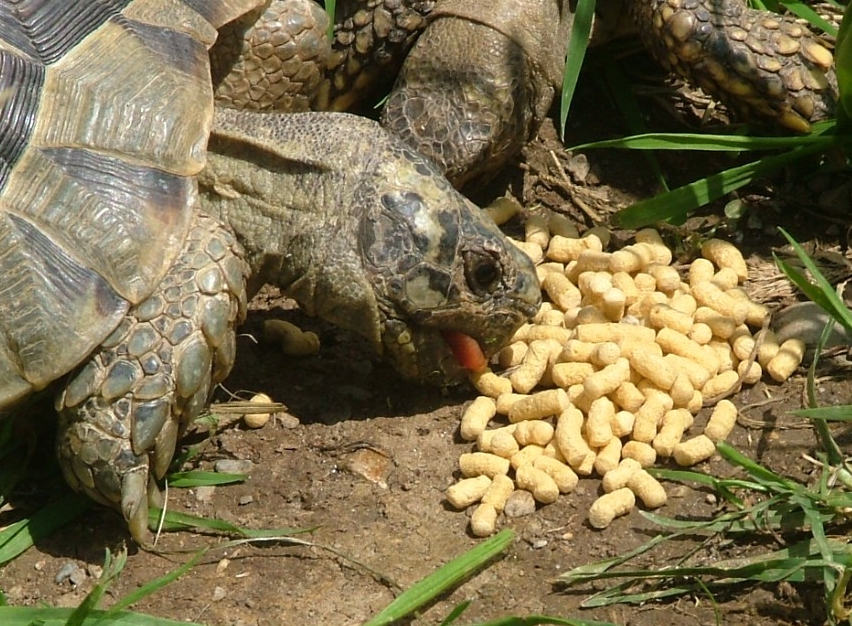
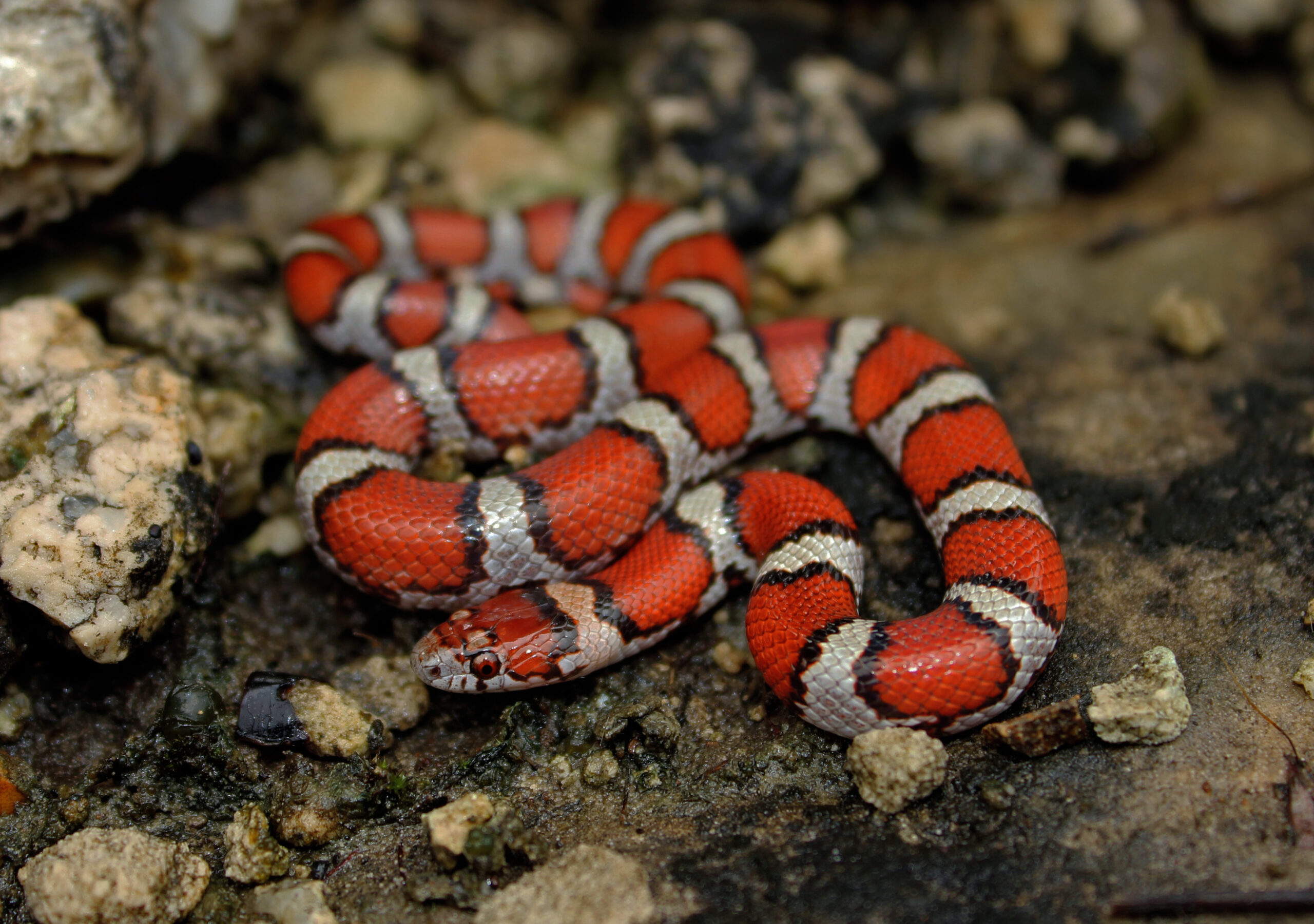

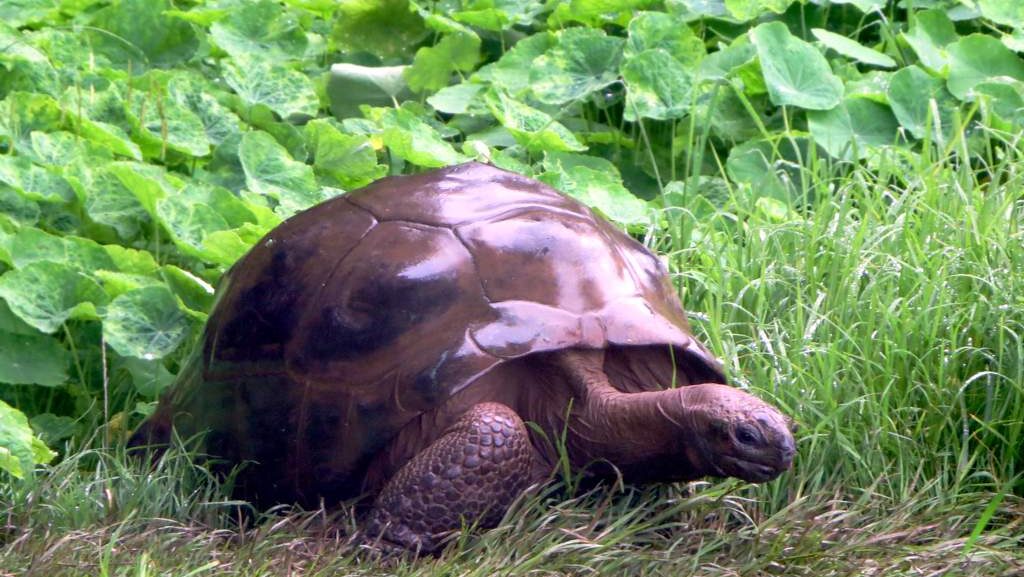




Leave a Reply